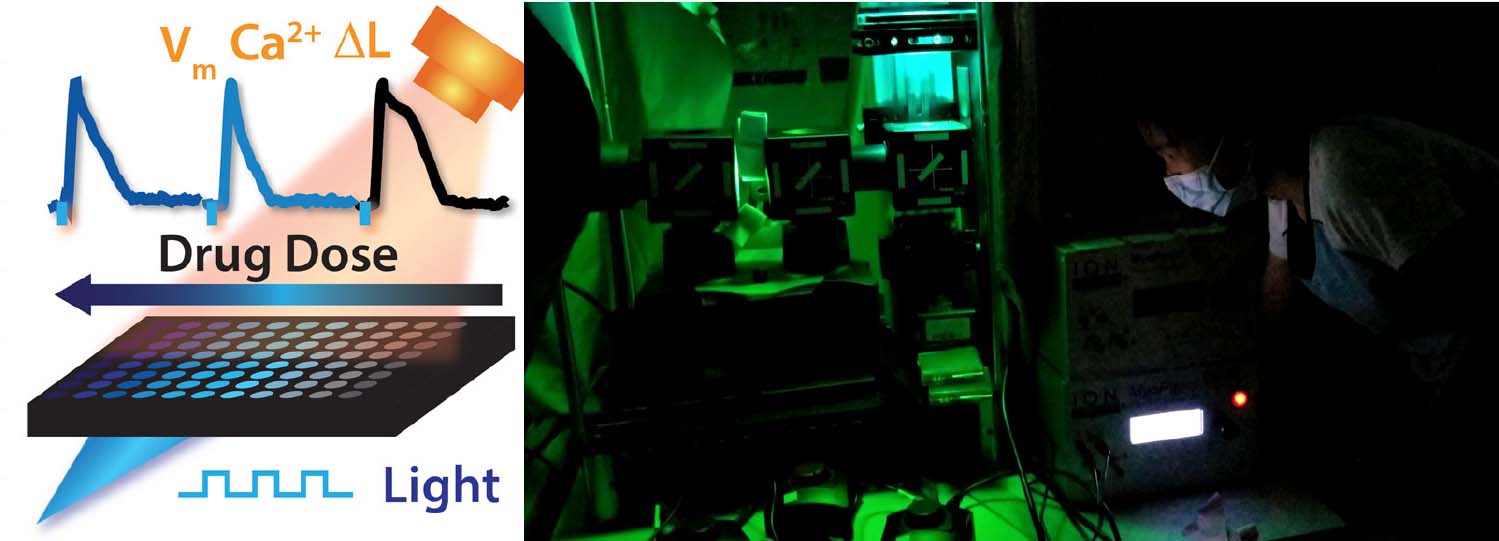Professor Emilia Entcheva’s laboratory (the Cardiac Optogenetics & Optical Imaging Laboratory) combines biophotonics tools with human stem-cell-derived cardiomyocyte technology and gene editing approaches to aid the advancement of personalized medicine.
Personal responses to therapeutics vary based on our genetic background and other markers that make us different. Personalized medicine aims to tailor drug development to individuals, ideally using their own cells for testing. The goal is to maximize efficacy and minimize undesired side effects (e.g., a smart selection of an anti-cancer treatment on individual basis can reduce cardiotoxicity effects). Since 2007, scientists have developed practically noninvasive methods to harvest patient’s cells using blood, urine or skin samples and to turn them into powerful stem cells with the potential to then generate in a dish heart cells, neurons and other types carrying the genetic signature of the patient.
Our laboratory uses these human stem-cell-derived heart cells to engineer live heart tissues and use them for drug discovery and drug testing. To develop commercially viable platforms for drug testing using these personalized heart models in a dish, the lab integrates optical stimulation and optical recording by leveraging optogenetics - the use of optics, lightsensitive proteins and genetic engineering to control and monitor cellular responses in a highly parallel manner. This translational approach is poised to accelerate the optimization of stem-cell-derived heart cells not only for drug testing but also for future regenerative applications, i.e., to repair damaged heart tissue.
We have knowhow and intellectual property in this area and have pioneered the “all-optical cardiac electrophysiology” techniques, especially as applied to human stem-cell-derived cardiomyocytes. Our work is funded by the National Science Foundation and the National Institutes of Health. Beyond the drug testing applications, our technology can be applied to the whole heart to stimulate by light and pave the way to new optical cardiac devices, such as smart optical pacemakers and defibrillators. The timeframe for translation of these devices is substantially longer than the one for adopting our personalized medicine platforms.


